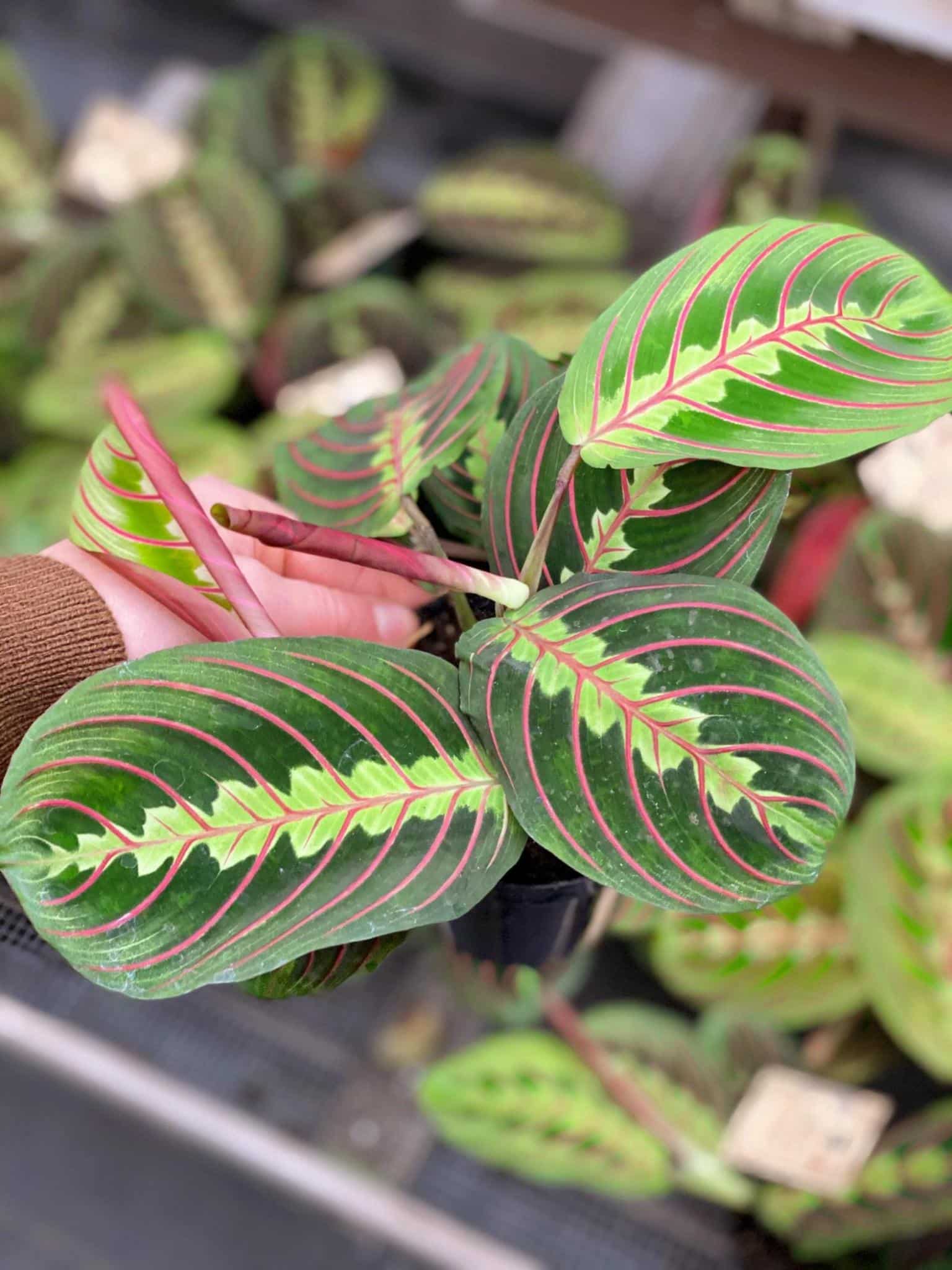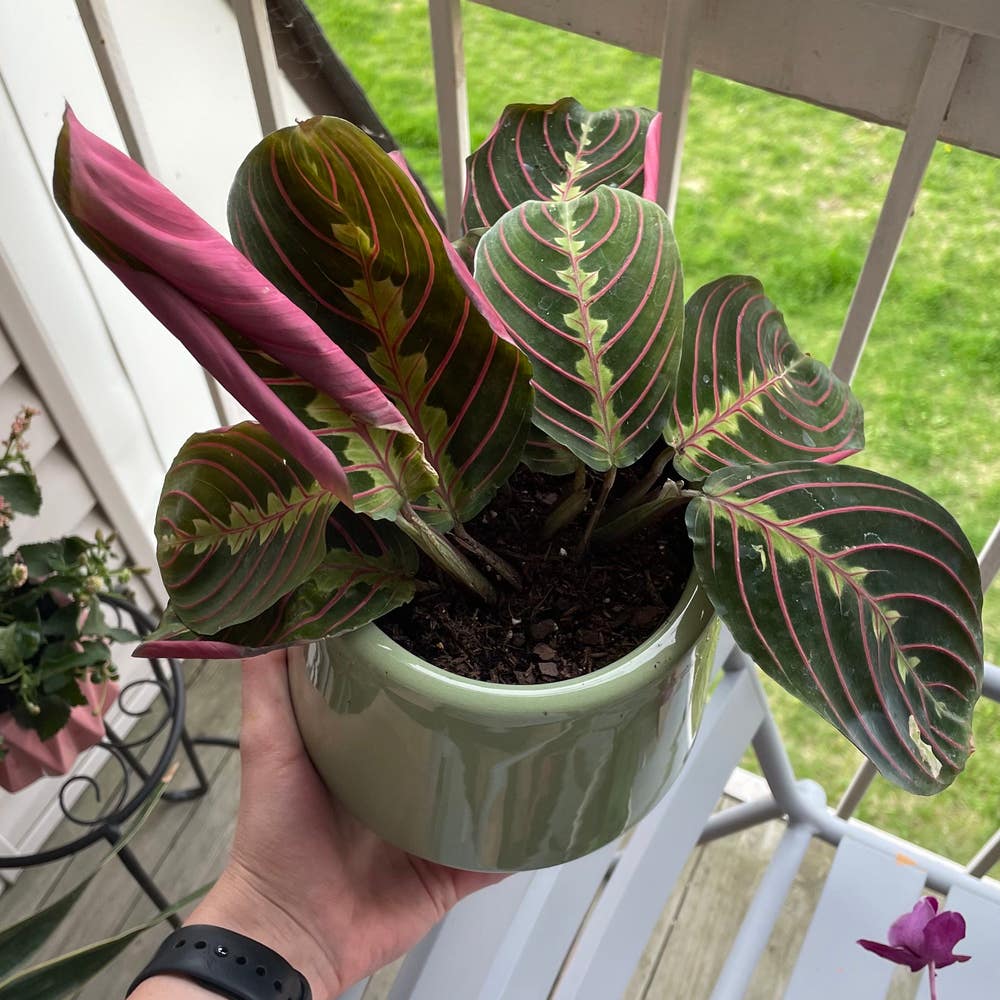Introduction
Prayer plants are a popular choice for indoor gardeners due to their striking foliage and unique ability to “pray” or fold their leaves together at night. These plants are relatively low-maintenance and can thrive in various indoor environments.
Understanding Prayer Plants
Prayer plants, scientifically known as Maranta leuconeura, belong to the Marantaceae family. They are native to the tropical rainforests of Brazil and are characterized by their distinctive foliage. The leaves typically feature a dark green or velvety underside with contrasting patterns of lighter green, red, or pink.
Caring for Your Prayer Plant
:max_bytes(150000):strip_icc()/grow-maranta-inside-1902647-02-de777eb8e7804c3d86d658cd242583d6.jpg)
1. Light: While prayer plants enjoy bright indirect light, they can tolerate low-light conditions. Avoid direct sunlight, as it can scorch the leaves.
2. Watering: Keep the soil consistently moist but not soggy. Allow the top inch of soil to dry out slightly between waterings. Overwatering can lead to root rot.
3. Humidity: Prayer plants prefer high humidity. Consider misting the leaves regularly or using a humidifier to create a more humid environment.
4. Temperature: Maintain a warm temperature between 65-80°F (18-27°C). Avoid cold drafts and sudden temperature fluctuations.
5. Soil: Use a well-draining potting mix rich in organic matter.
6. Fertilizing: Feed your prayer plant with a balanced liquid fertilizer during the growing season (spring and summer).
Propagation
Prayer plants can be propagated through division or cuttings.
Division: Divide a mature plant during repotting. Carefully separate the root ball and plant each section in a new pot.
Common Pests and Diseases

Prayer plants are susceptible to a few common pests and diseases:
Spider mites: These tiny pests can cause yellowing and webbing on the leaves. Increase humidity and use insecticidal soap to treat the infestation.
Conclusion
Prayer plants are beautiful and relatively easy-to-care-for houseplants. With proper attention to light, water, humidity, and temperature, you can enjoy their vibrant foliage and unique nighttime behavior for years to come.






:strip_icc()/purple-white-alstroemeria-1bbc41b6-d73f172008a543deabf78626381423fa.jpg?w=200&resize=200,112&ssl=1)
:max_bytes(150000):strip_icc()/GettyImages-511790642-2000-6fe26923bfb040cab1ebcf930a5933ca.jpg?w=200&resize=200,112&ssl=1)
